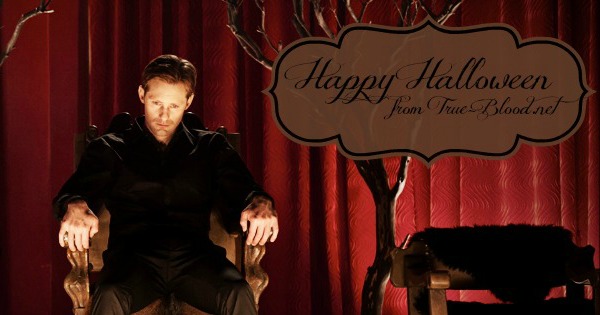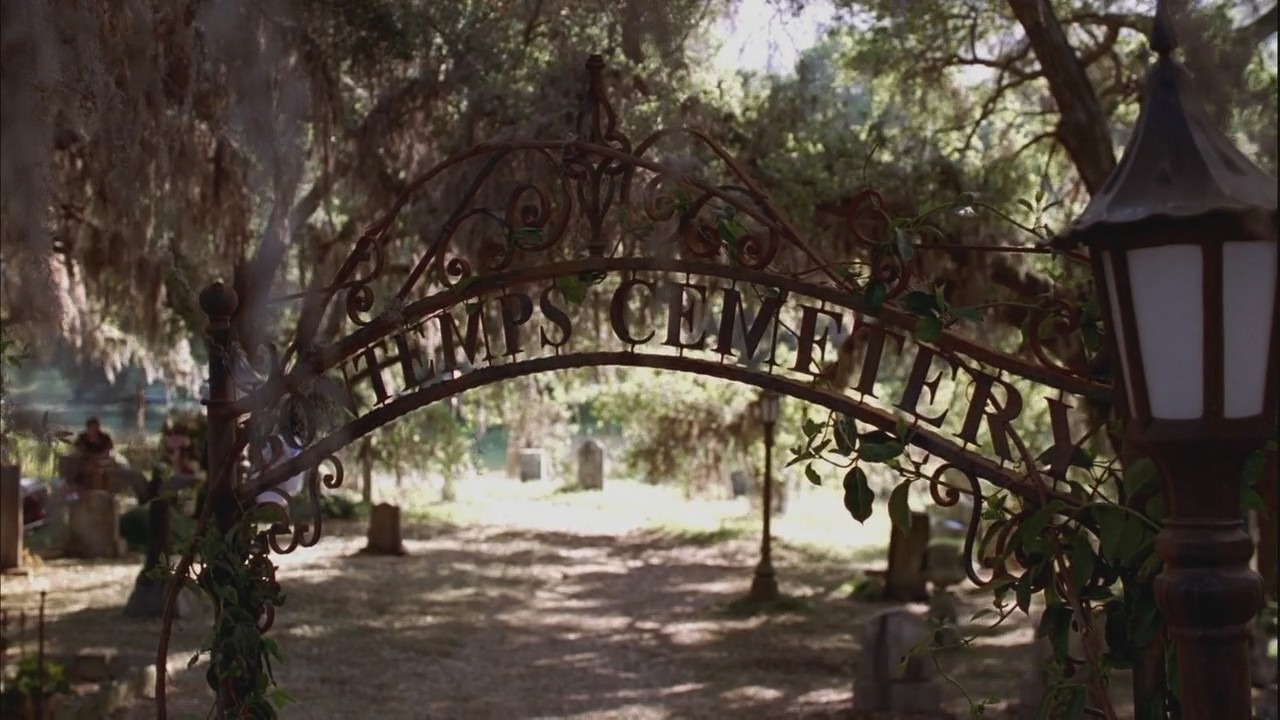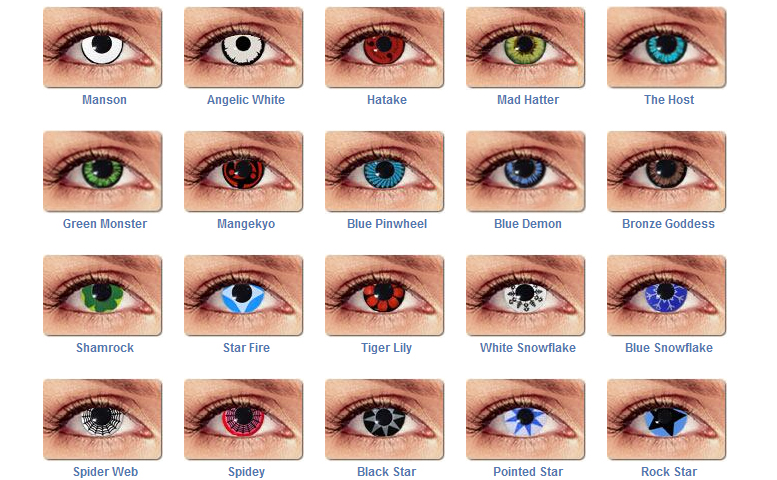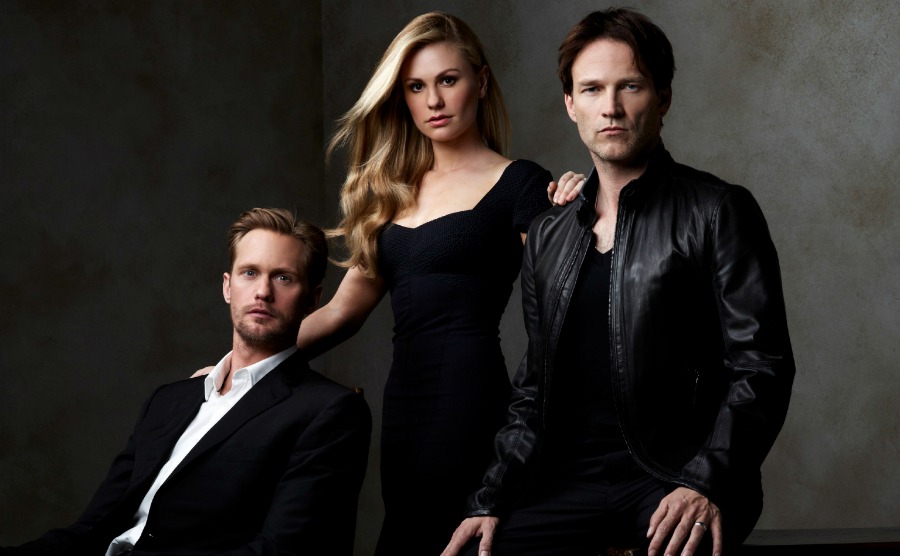Halloween Mythology: Samhain – The Origins of Halloween Part 4
Some form of Halloween exists in countries all over the world and they each have their own twists on the day.
Austria- Some people leave bread and a lighted lamp on a table on All Hallows. It was a belief that this welcomed the dead into the land of the living for one night of the year.
Belgium- The Belgians believe that it is bad luck for a black cat to cross your path, especially on the night of All Hallows. It is also customary to light a candle in memory of the dead.
Canada- They do what we in America do Grin
China- They have a festival called Teng Cheih. There they honor the beloved ancestors, setting up shrines for them in the home and putting out food offerings. Communities have bon fires and set out beautiful paper boats with candles in them adrift in ponds. The boats are eventually consumed by the flames and release the souls of the ancestors into heaven. The soul in Buddhist thought is called a pretas.
Czechoslavakia- Chairs are put by the hearth on All Hallows and the dead are invited to sit there and visit with the family on their journey through the world on this night of nights.
England- At one time, the night of the dead was called “Punkie Night”. While Irish and Scottish folk used turnips, the English used the beet root and carved them and lit them with candles and went around asking for money. When Protestantism became the ruling faith in Britain, the practice was squelched as a Catholic/Pagan practice and was banned. Later, after the gunpowder plot back fired, Guy Fawkes day was initiated and effigies of Guy Fawkes (the fomenter of the plot) are made and burned (sort like a Wicker Man) and children went begging for a “Penny for the Guy”. In recent years, however, familiar Halloween festivities, including trick or treating has become the vogue and is back to where it has always been. Halloween parties in England usually consist of a big fancy-dress do at a club or someone’s flatshare, though they’re more likely to go for cider than dunk for apples! Guy Fawkes day is still a later celebration (Remember, remember, the 5th of November, the gun powder treason and plot) A side note, Dumbledore’s phoenix, a bird who burns up and rises up from it’s ashes is named Fawkes, after Guy Fawkes.
France- France did not really have such a holiday and is one of the few countries who doesn’t, at least not until more recent time. Costumes and parties are quite popular in France and they have adopted the masquerade fete as an excellent opportunity to dress up and party hardy.
Germany- The practice is to secure their cutlery, especially the knives, to keep them out of the hands of mischievous spirits.
Hong Kong- They have the feast of Yue Lan, the feast of the hungry spirits. The people gather at the tombs of ancestors and burn incense, candles, and pictures of food and money to send the essence of the things in the pictures to the afterworld to their ancestors.
Japan- While the Japanese know about Halloween and they are slowly adopting the Western style of celebration, they have a feast called Obon or Matsuri or Urabon and it is dedicated to the ancestors. They wear traditional clothes and have traditional dancing and songs and stories and plays. They have fireworks and candles and flowers and food and celebrate the spirits of the beloved dead who still protect them in the land of the living.
Korea- They have a feast called Chusok and they celebrate it in August, following along the lines many of the same customs of the Chinese and Japanese.
Mexico, Spain and Latin America- They celebrate El Dia de los Muertos. The celebrations start on Halloween (Oct 31) and end on the evening of November 2. They go to the cemeteries and clean and decorate the graves, they set up personal shrines at home. They have picnics and feasts and dancing and make candy of all kinds, especially the Macabre Candy, the skulls and cross bones and small coffins and bake bread and leave them on graves to feed the spirits of the dead.
Sources: Holidays Around the World by Stephanie Woll and The Ways of People: Celebrating Around the Globe by Daniel Michaels









2 Comments